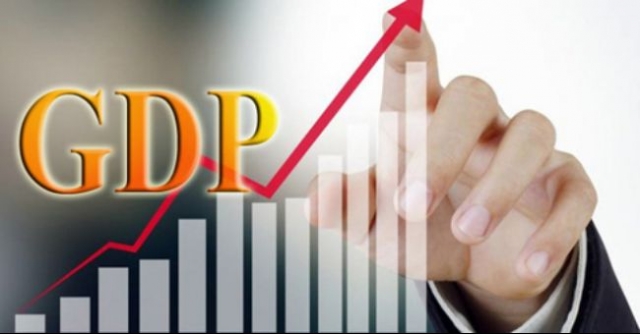On the heels of Vietnam remaining in the club of nations recording 6 per cent GDP growth, Prime Minister Nguyen Xuan Phuc has ordered a plan for growth to reach 6.4-6.8 per cent in 2018.

In a recently signed Directive, local governments were told to estimate full-year 2017 gross regional domestic product (GRDP) growth based on the first-half result and predict economic prospects and targets for next year.
Regarding a State budget deficit, he ordered spending to be thrifty, with at least 20 per cent and 2 per cent of total State budget spending to be spent on education and training and science and technology, respectively, next year.
State budget contributions are to account for 21 per cent of GDP, while revenue from exports and imports are to increase by at least 5-7 per cent compared to 2017.
The Directive makes clear that the government must reorganize the entire bureaucracy, cutting unnecessary expenses and prioritizing investment capital for the two national target programs on new rural development and sustainable poverty reduction in 2018.
The government is taking steps to boost growth after Samsung Electronics’ production cuts hurt the economy in the first quarter, underscoring the country’s dependence on exports. Prime Minister Phuc said in May that officials were preparing strategies to boost electronics and agriculture while improving the business climate to attract more investment.
Vietnam’s GDP rose 6.17 per cent year-on-year in the second quarter compared with a revised figure of 5.15 per cent in the first quarter, according to data from the General Statistics Office (GSO). Growth in the first half was therefore 5.73 per cent, mainly fueled by foreign direct investment (FDI).
FDI disbursement has grown at a compound annual rate of over 10 per cent in the last five years and actual disbursement reached a record $15.8 billion last year.
The country also welcomed over $19 billion in investment pledges during the first half, jumping 55 per cent year-on-year and mostly from North Asian technology powerhouses.
While the World Bank last month forecast that Vietnam’s growth would exceed 6 per cent this year and in 2018 and 2019, rising trade protectionism poses a risk and shallow policy buffers are a concern to some extent. The country is also vulnerable to environmental disasters, such as the crippling drought last year that hurt agriculture and fanned inflation.
Swiss investment bank UBS in a recent report forecast that Vietnam will marginally outpace China’s economic growth in 2018 for the first time. For the past 30 years, China has been the world’s fastest growing major economy, emerging as the star of Asia. However, last year it grew 6.7 per cent compared with 6.9 per cent in 2015, according to official data, marking its slowest growth since 1990.
UBS predicts that Vietnam’s economic growth will come in at 6.5 per cent this year, slightly lower than the 6.7 per cent target set by the government but still above 6 per cent for the fourth consecutive year, defying a regional slowdown.
VN Economic Times